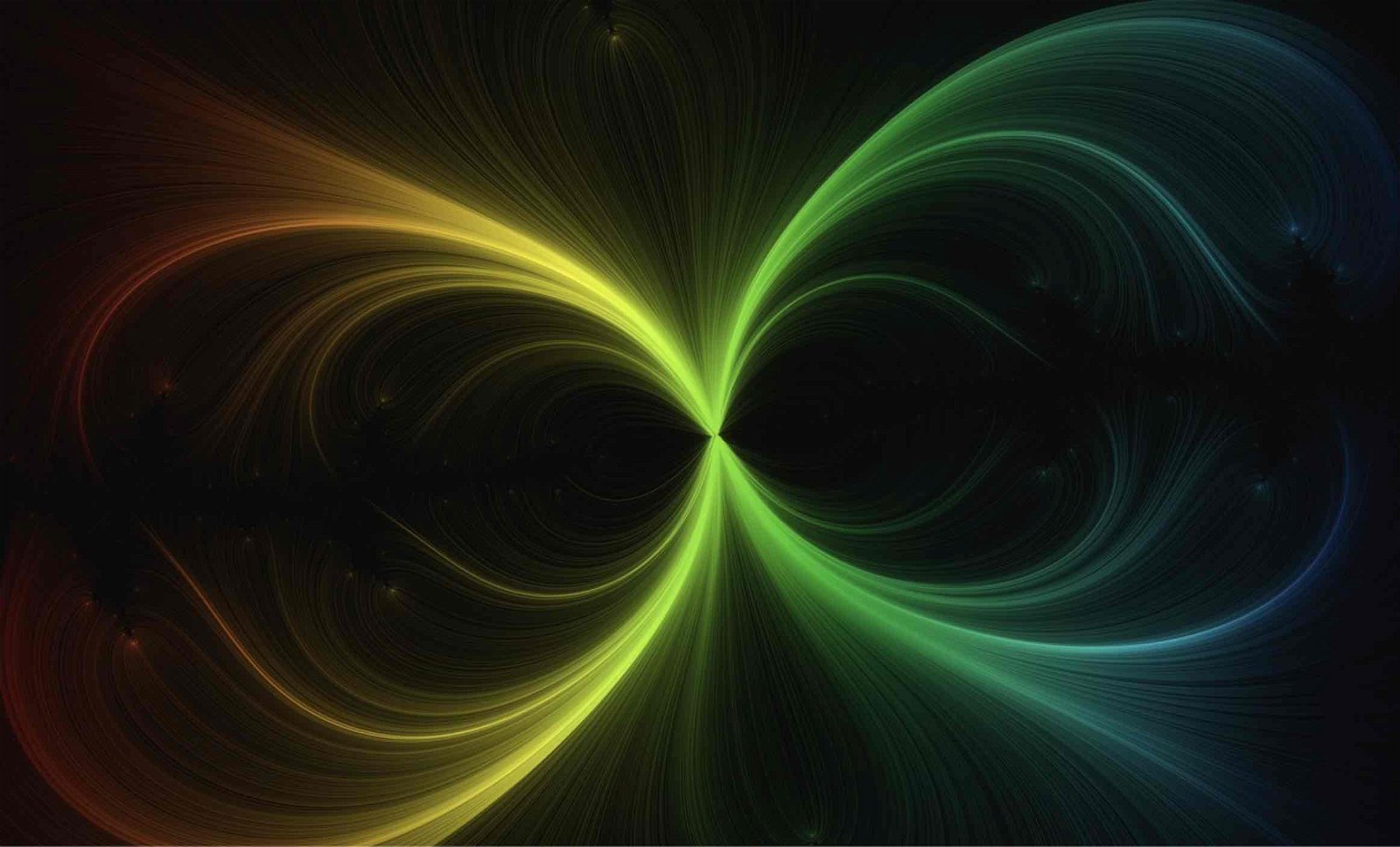Neutrinos are electrically neutral particles that interact only through the weak interaction and gravity. If our eyes were sensitive to neutrinos, what would we see?
First, the Sun would always shine in our eyes because the solar neutrinos pass through Earth unimpeded. As a result, there would be no separation between day and night in solar neutrinos. Since the entire Earth cannot block these neutrinos, there is no use for eyelids that protect our eyeballs. And if we looked away from the Sun, it would not matter since the neutrinos would reach our eyes through our bodies unimpeded. In conclusion, if we could sense neutrinos, we would need to adapt to a steady stream of solar neutrinos at all times, even during sleep. But would we have seen neutrinos from anything other than our bright Sun?
Obviously, all other stars in the Milky Way galaxy add up to a Galactic background of neutrinos concentrated in our sky along the strip of stars in the Galactic disk. This background amounts to a net flux that is ten billion times fainter than the Sun. The accounting goes as follows: we are closer to the Sun by a factor of five billion compared to a typical Galactic star, the flux from a single star declines inversely with distance squared, and there are about twenty billion Sun-like stars in the Milky Way.
Every several decades, we might have noticed a flare of neutrinos from a Galactic supernova associated with a massive star that consumed its nuclear fuel and collapsed to make a neutron star. The latest Galactic supernova was detected in 1987 when I started my career in astrophysics. The explosion occurred at a distance of 168,000 light years in the Large Magellanic Cloud – a satellite in the halo of the Milky Way. A few hours before the visible light from the supernova reached Earth, a burst of neutrinos was observed for a dozen seconds by three neutrino observatories on Earth.
Beyond the Milky Way, the rest of the Universe glows in neutrinos from all galaxies out to our cosmic horizon. The cosmic background is comparable to that of the Milky Way galaxy because the cosmic horizon is a million times larger than the distance to the Milky Way center – making the flux from a distant galaxy a trillion times weaker. Still, a trillion galaxies are within our cosmic horizon to compensate for this weakening.
Finally, there is the neutrino background left over from the hot and dense state of the infant universe. Neutrinos were tightly coupled to ordinary matter when the universe was younger than a second. This was the epoch when the cosmic temperature exceeded ten billion degrees, equivalent to twice the rest-mass energy of the electron. At that temperature, pairs of electrons and positrons were produced spontaneously by collisions, maintaining a number density similar to that of photons. The matter density and temperature were high enough to scatter the neutrinos and produce a thermal neutrino background with a temperature equal to the cosmic radiation background of photons.
As the universe cooled, the positrons annihilated with the electrons and left behind a small residual surplus of electrons. The relic electrons represent a tiny, one part in two billion, asymmetry of matter relative to antimatter, whose origin is not yet known. The annihilation energy heated the photons but not the neutrinos. This left the neutrinos at 71.5% of the cosmic microwave background, corresponding to 1.95 degrees Kelvin above absolute zero today.
Unfortunately, the characteristic energy of relic neutrinos is too small to be directly detectable, even though their flux is ten times larger than that of solar neutrinos.
Neutrinos come in three flavors: electron, muon, and tau. My early mentor in astrophysics, John Bahcall, discovered that the Sun emits a lower flux of electron neutrinos than expected. The deficiency was later found to result from oscillations of the electron-neutrinos to other flavors in the solar interior. If we could see neutrinos from the Sun, John would have figured out the answer much earlier.
The invisible sky includes other constituents, such as gravitational waves, dark matter, and potentially technological objects beyond our comprehension. Following John’s inspiring scientific career, these are the targets of my research program.
Avi Loeb is the head of the Galileo Project, founding director of Harvard University’s – Black Hole Initiative, director of the Institute for Theory and Computation at the Harvard-Smithsonian Center for Astrophysics, and the former chair of the astronomy department at Harvard University (2011-2020). He chairs the advisory board for the Breakthrough Starshot project, is a former member of the President’s Council of Advisors on Science and Technology, and is a former chair of the Board on Physics and Astronomy of the National Academies. He is the bestselling author of “Extraterrestrial: The First Sign of Intelligent Life Beyond Earth” and a co-author of the textbook “Life in the Cosmos,” both published in 2021. His new book, titled “Interstellar,” was published in August 2023.

